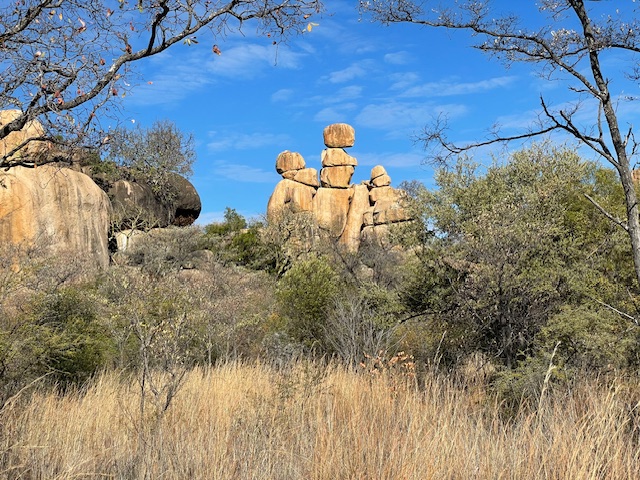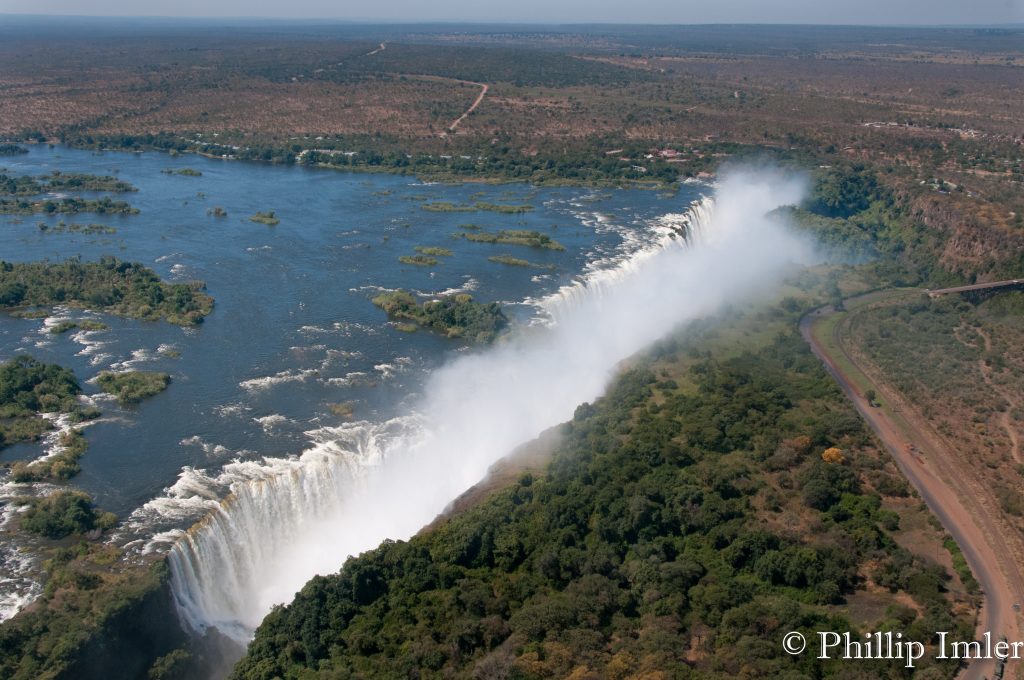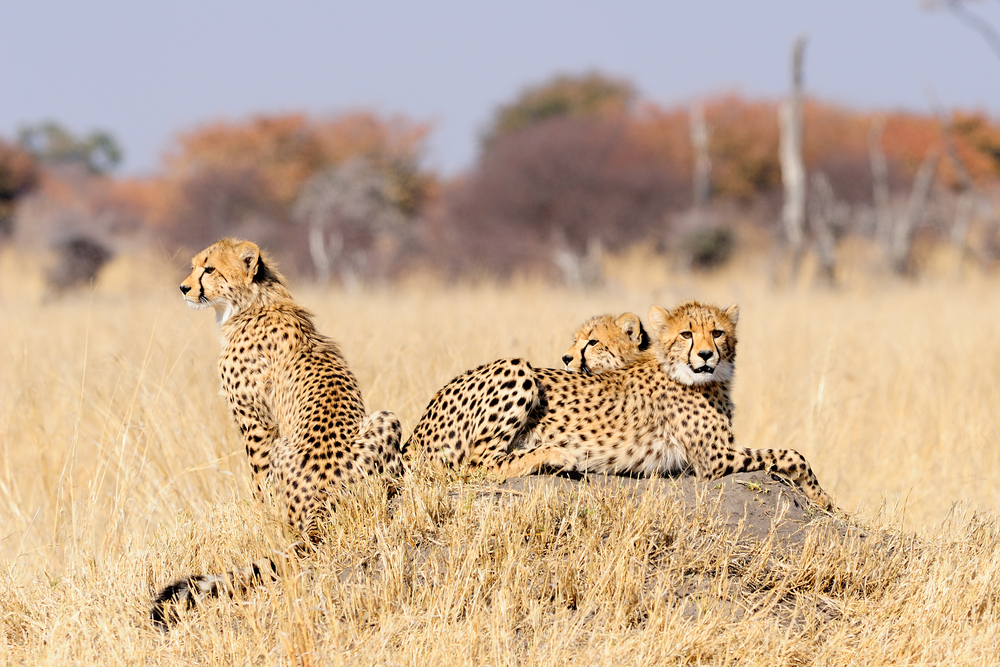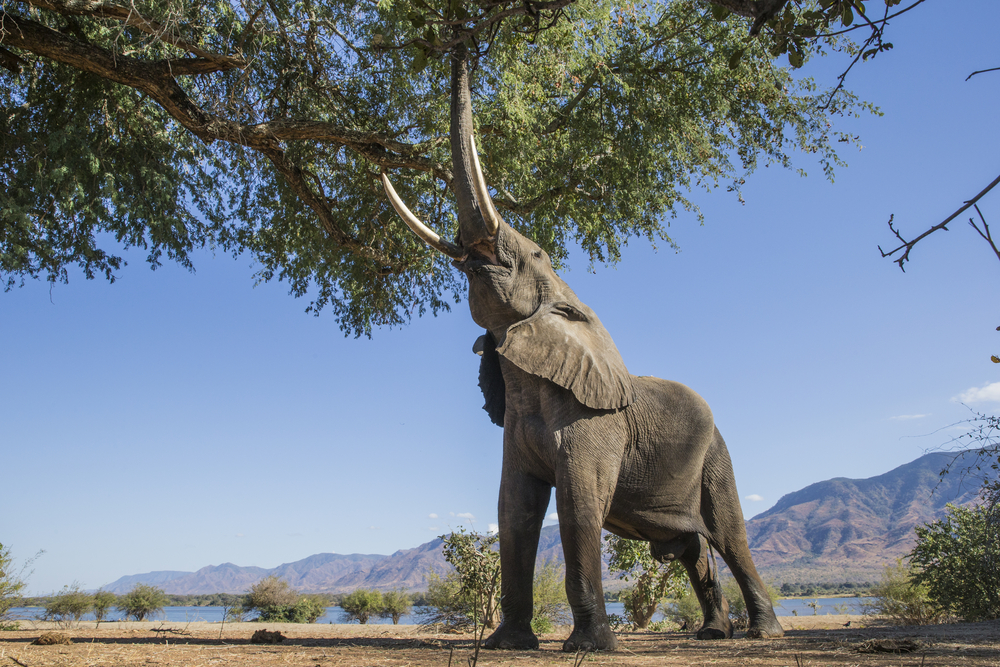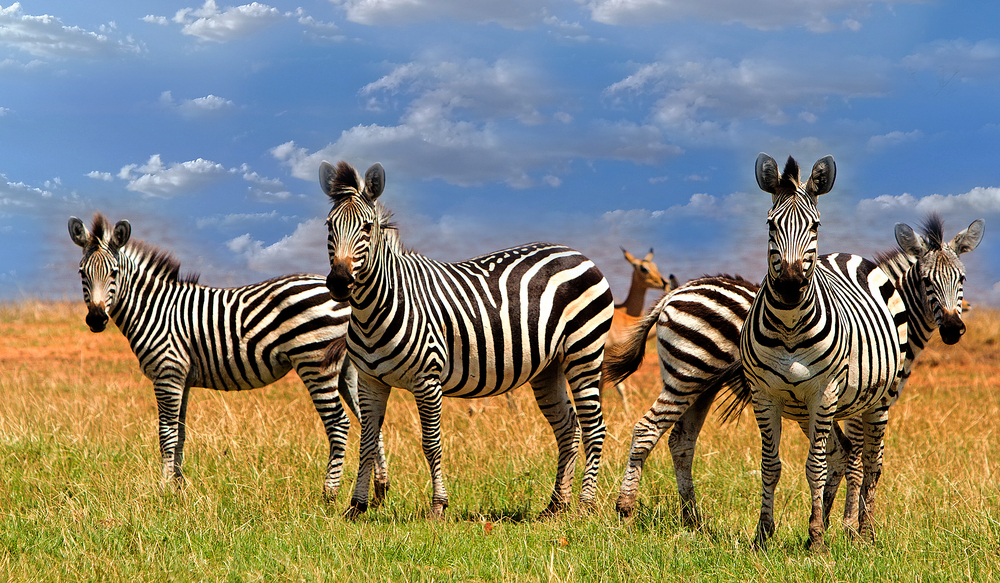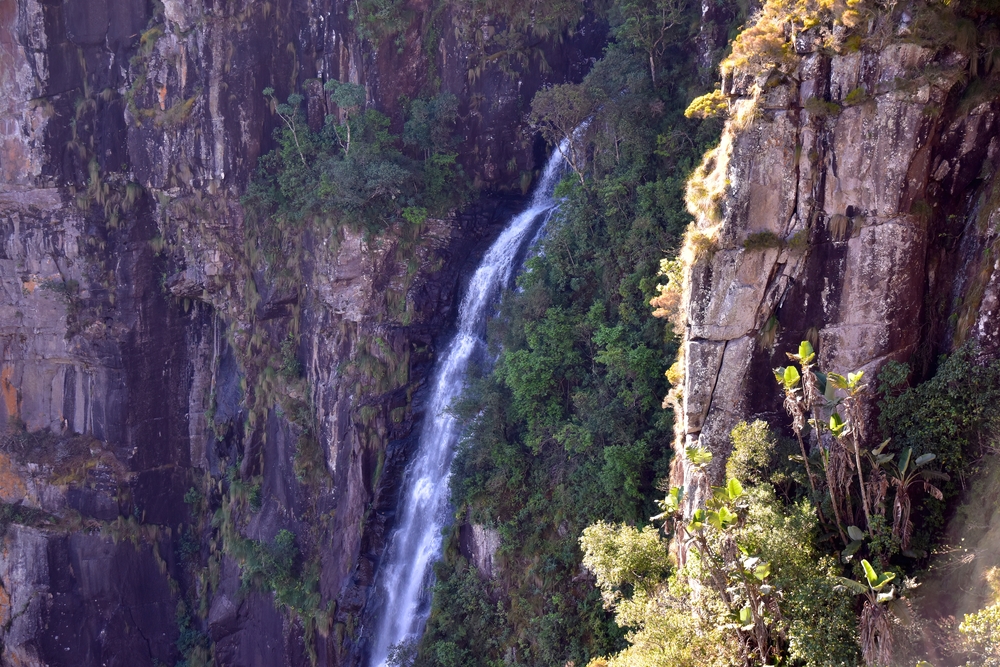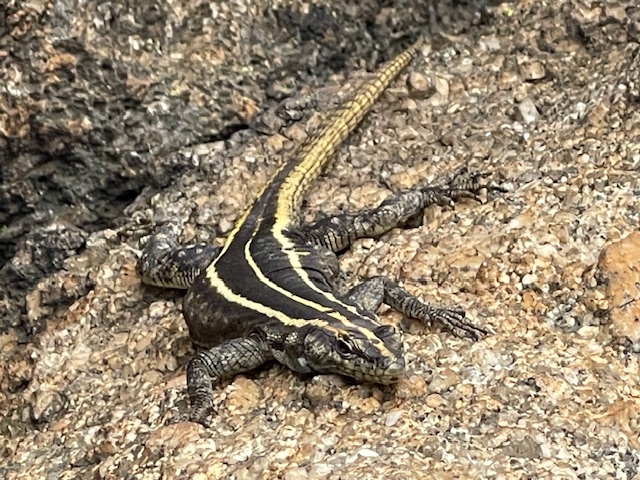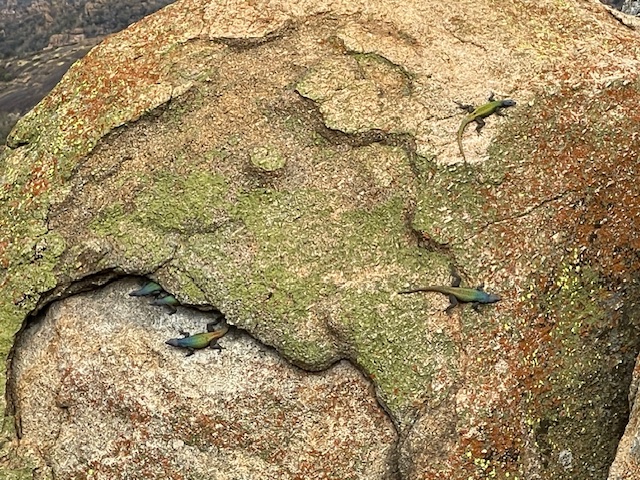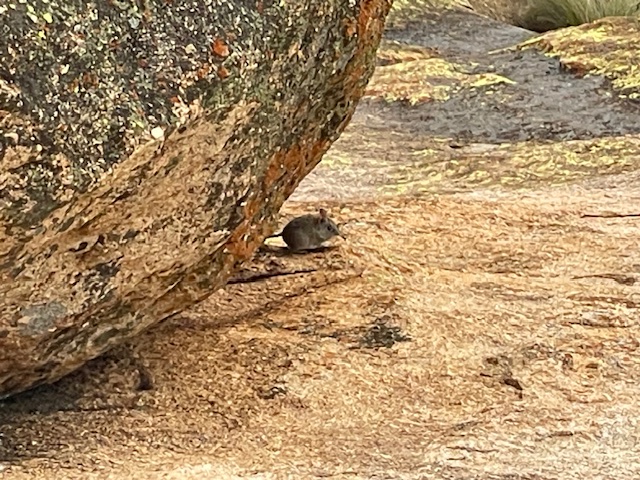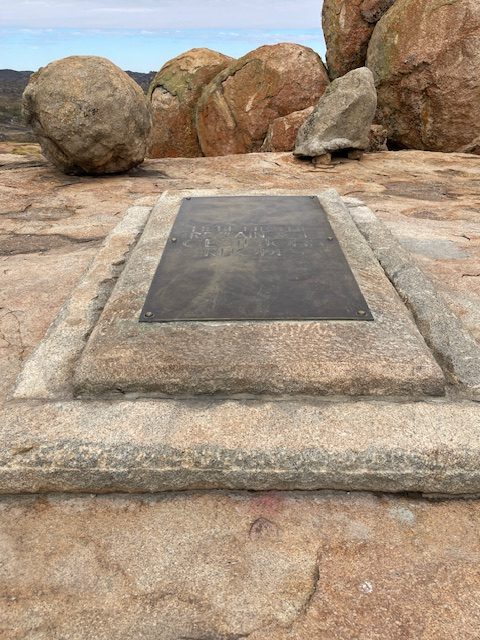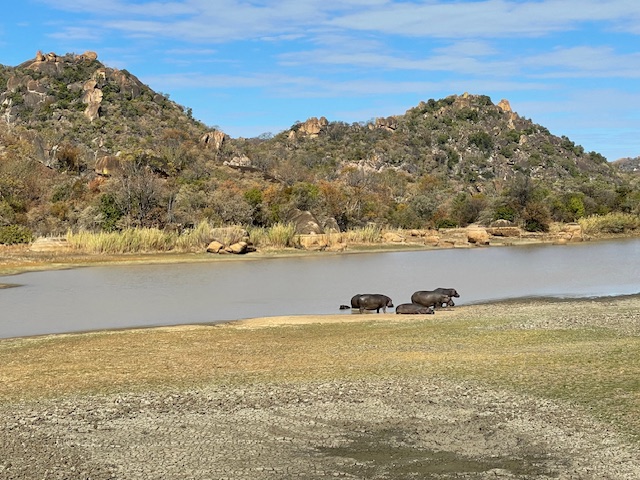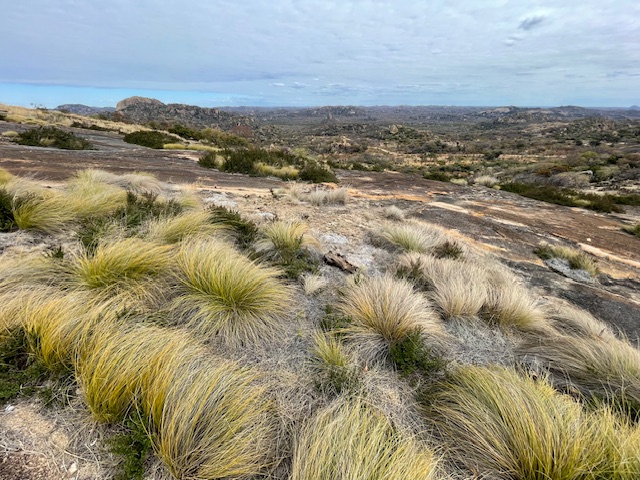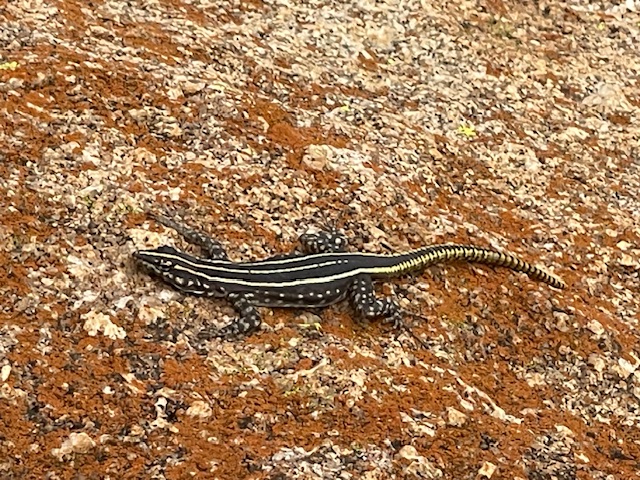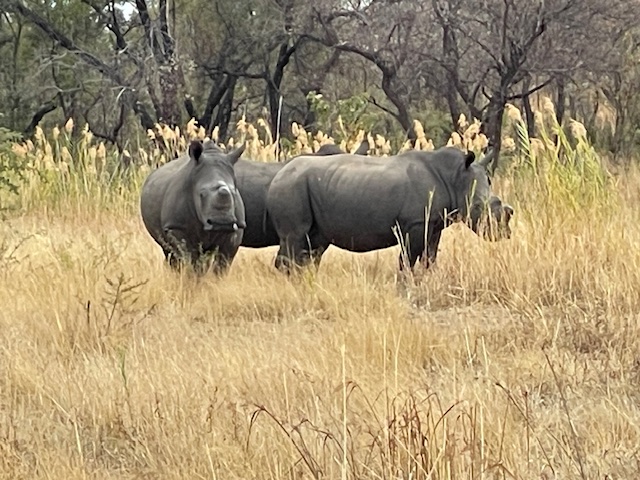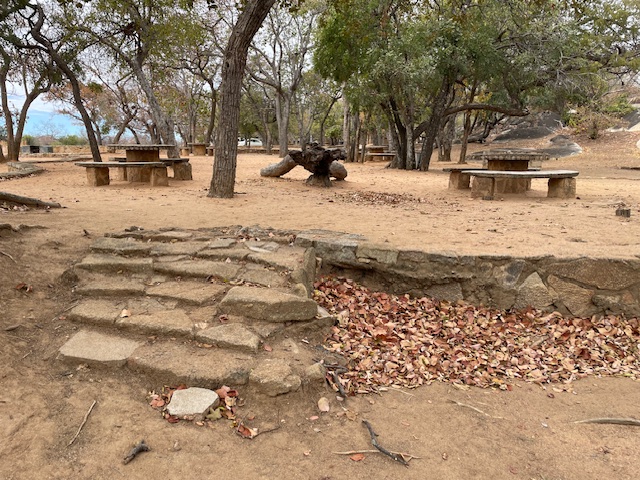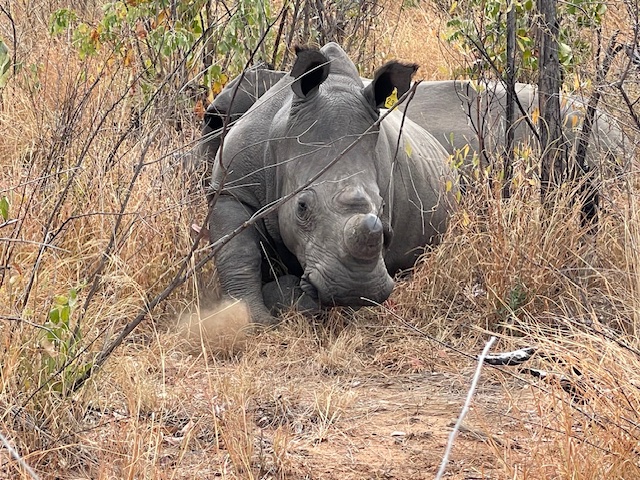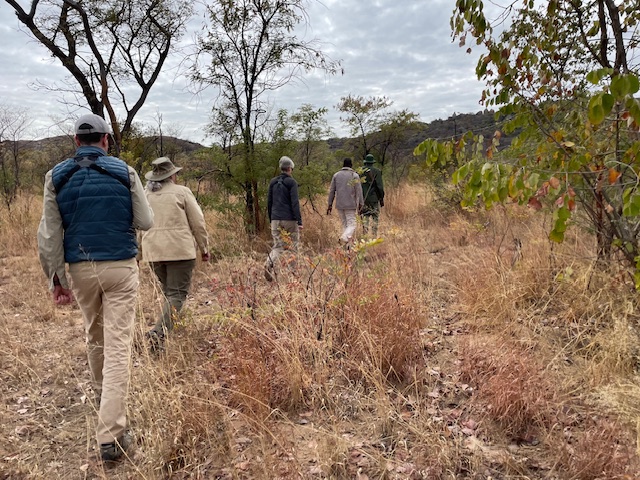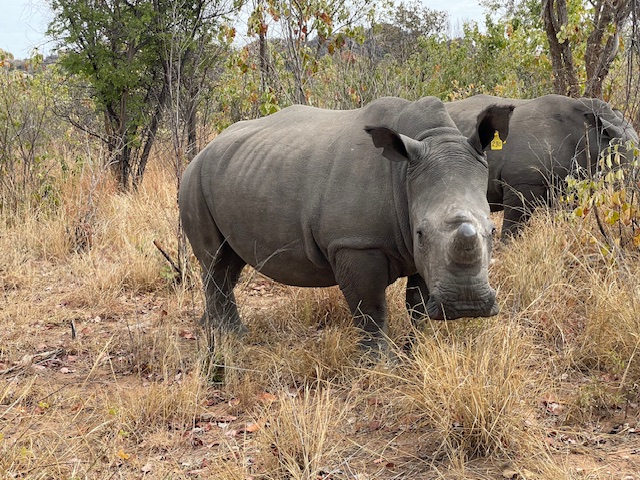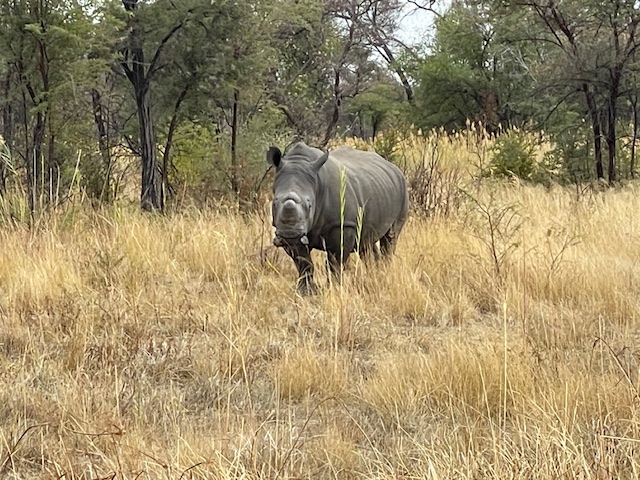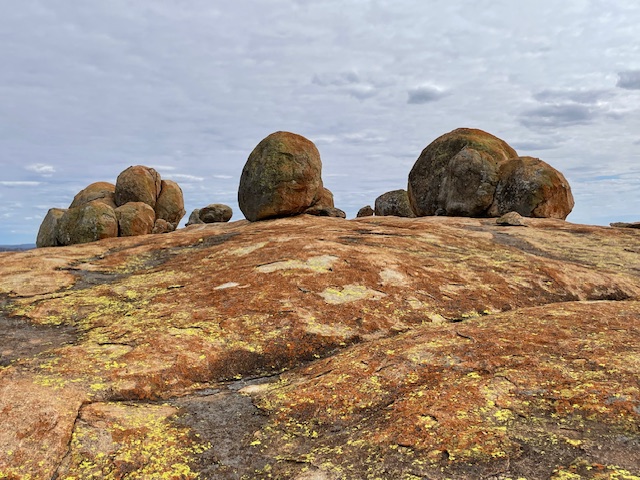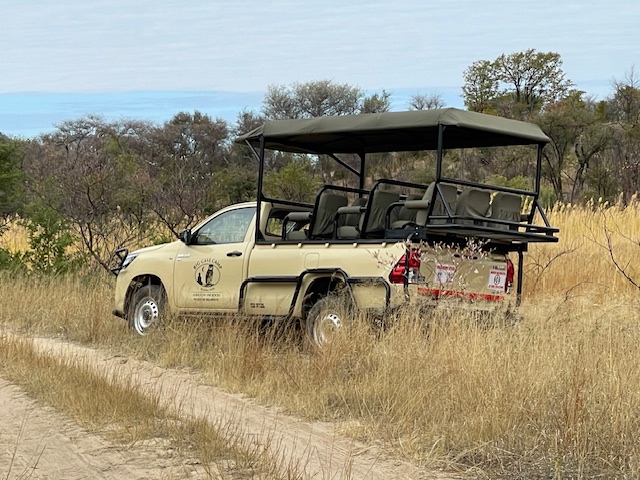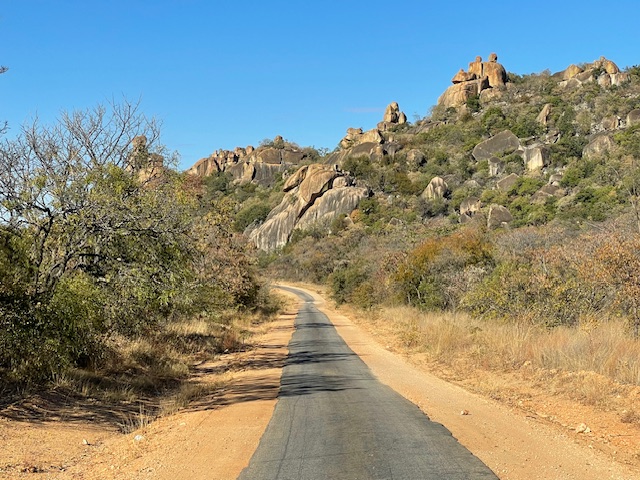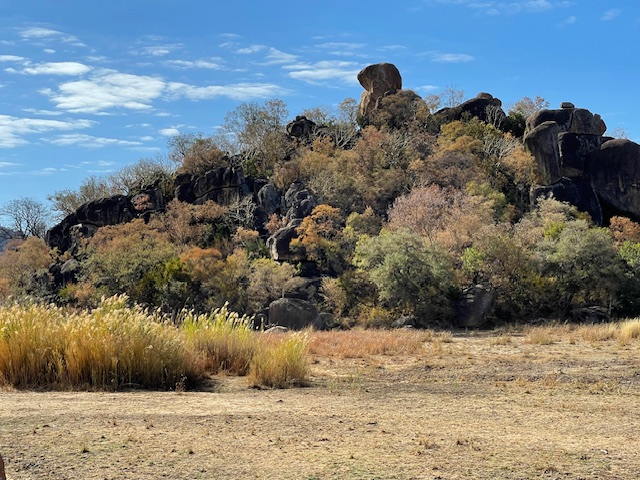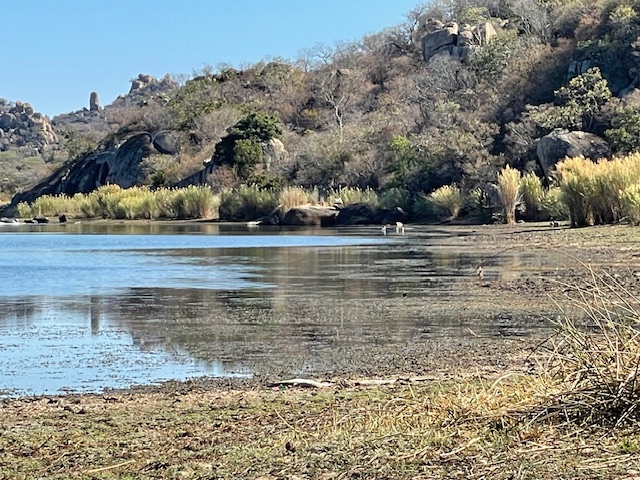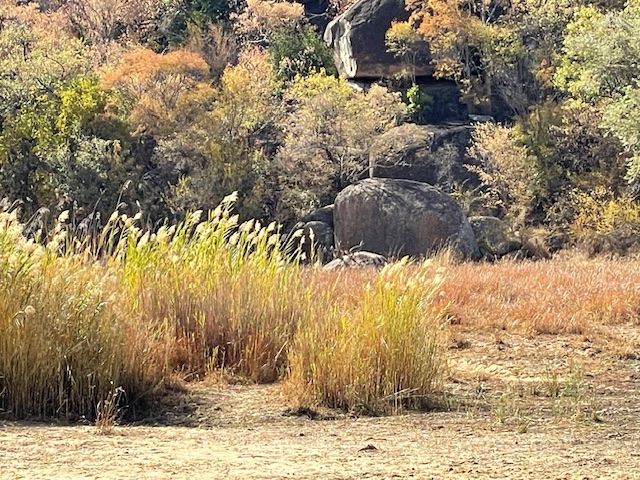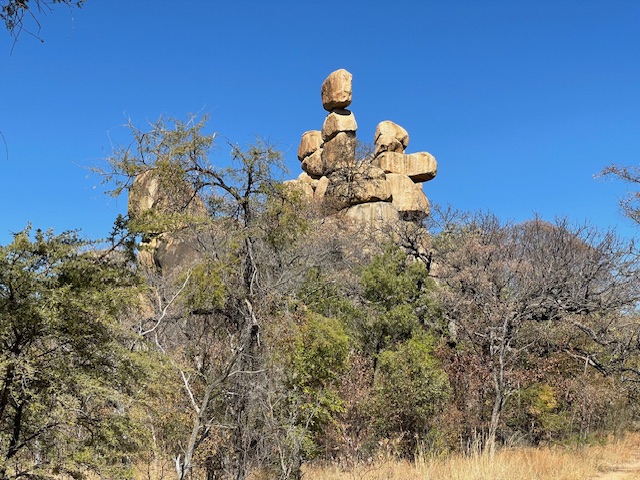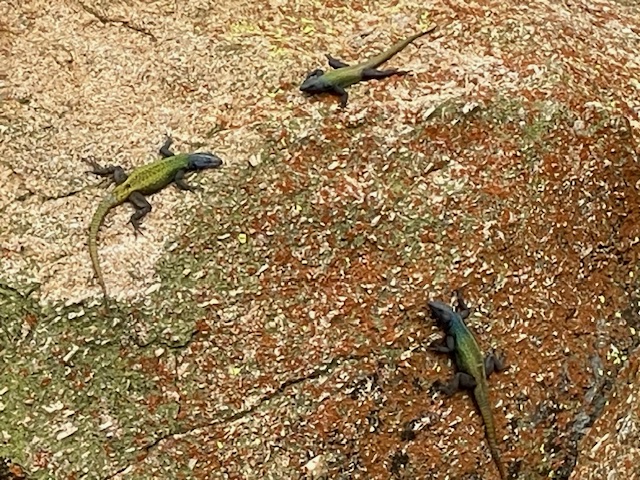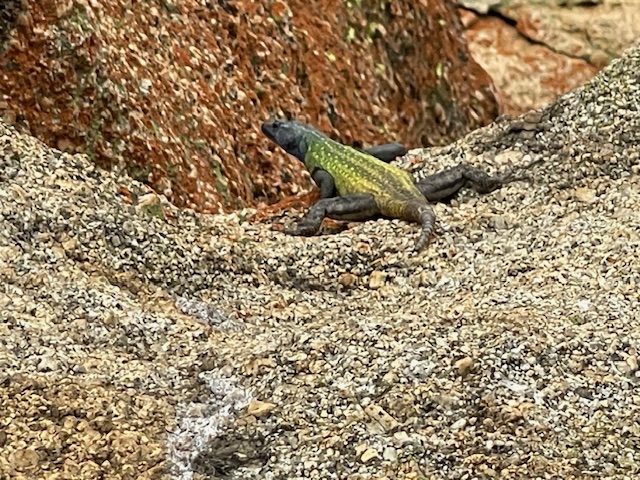Matobo National Park, located in Zimbabwe, is renowned for several distinctive features that make it a unique and captivating destination:
- Stunning Rock Formations: The park is famous for its dramatic granite kopjes and balancing rocks, which create a breathtaking and rugged landscape. These ancient geological formations are among the oldest on Earth, dating back over two billion years.
- Rich Wildlife: The park is home to diverse wildlife, including significant populations of white and black rhinoceroses, leopards, giraffes, zebras, and various antelope species. Bird enthusiasts can also find a variety of bird species, including the majestic Verreaux’s eagle.
- Ancient Rock Art: Matobo National Park boasts some of the most well-preserved and extensive rock art sites in southern Africa. The rock paintings, created by the San (Bushmen) people, date back over 13,000 years and depict scenes of hunting, daily life, and spiritual rituals.
- Cultural and Spiritual Significance: The Matobo Hills are considered sacred by the local Ndebele people and are believed to be the dwelling place of spirits. This spiritual connection adds a profound cultural dimension to the park’s natural beauty.
- Cecil Rhodes’ Grave: The grave of British colonialist Cecil Rhodes is located at a site known as “World’s View” within the park. This spot offers stunning panoramic views of the surrounding landscape and is a popular viewpoint for visitors.
- Rhino Walks and Game Drives: The park offers unique wildlife experiences such as guided rhino walks and game drives, allowing visitors to observe and learn about the park’s diverse fauna in their natural habitat.
Matobo National Park’s combination of geological wonders, rich biodiversity, ancient art, and cultural heritage makes it a must-visit destination for anyone traveling to Zimbabwe.








































































